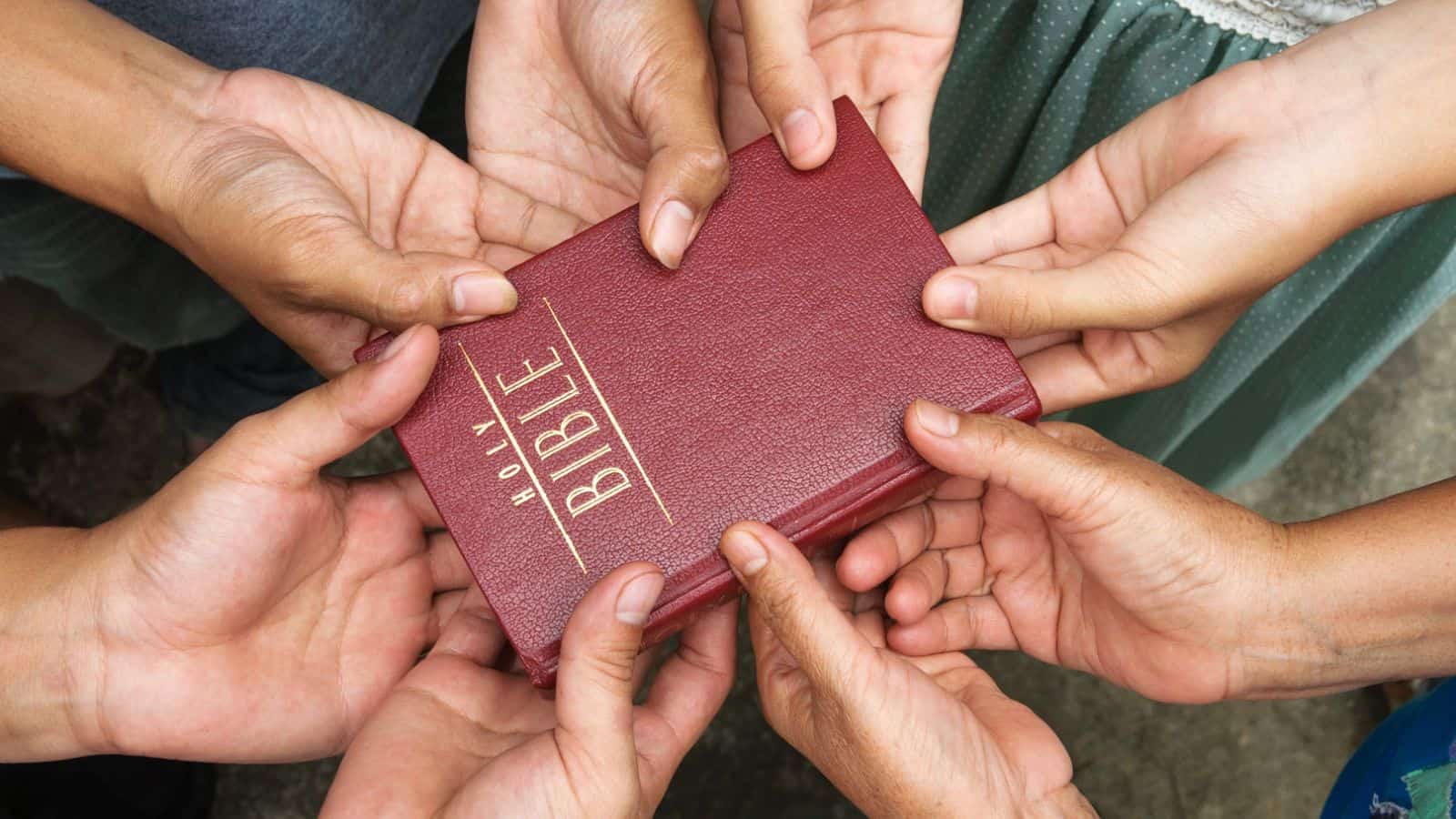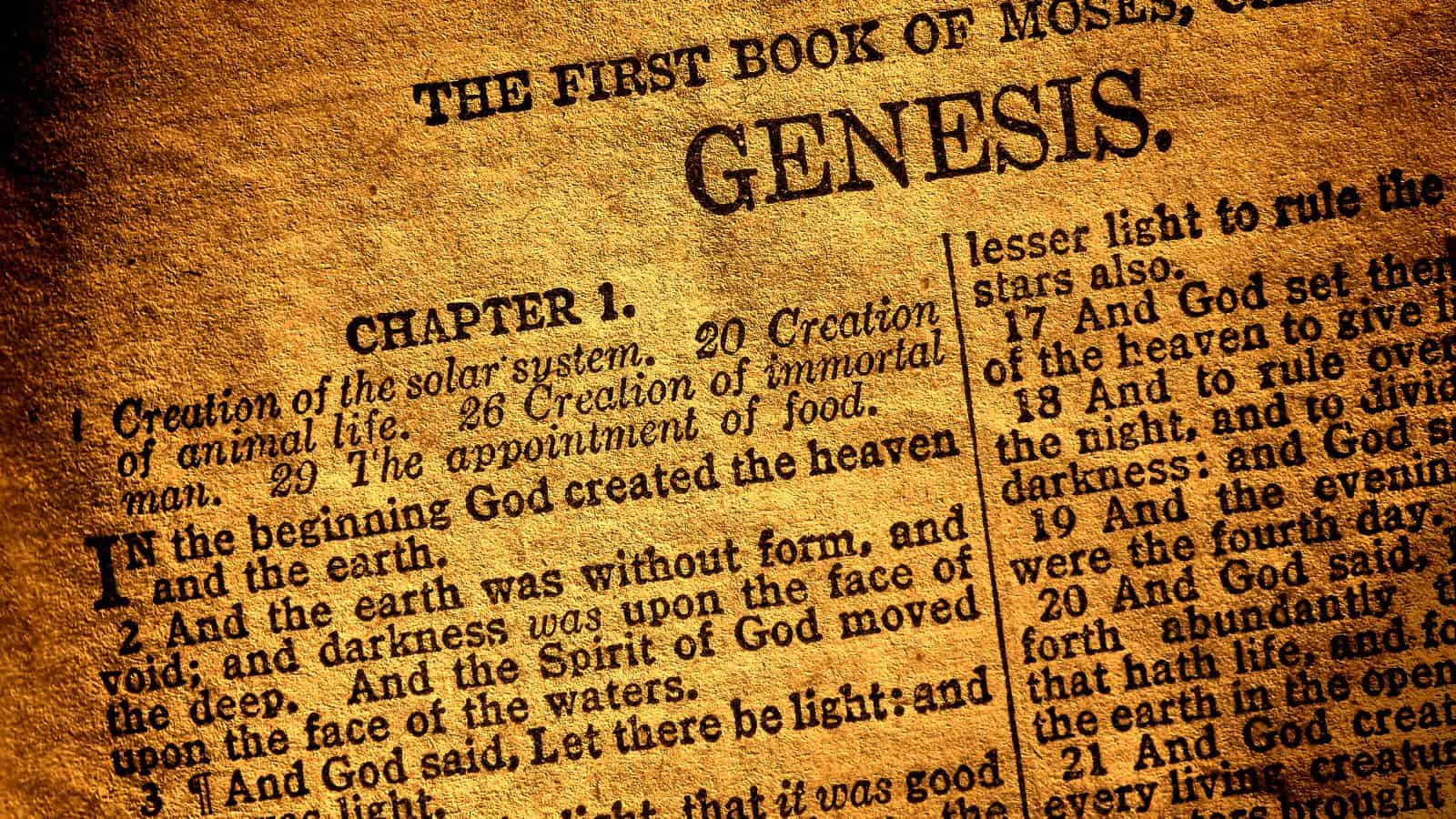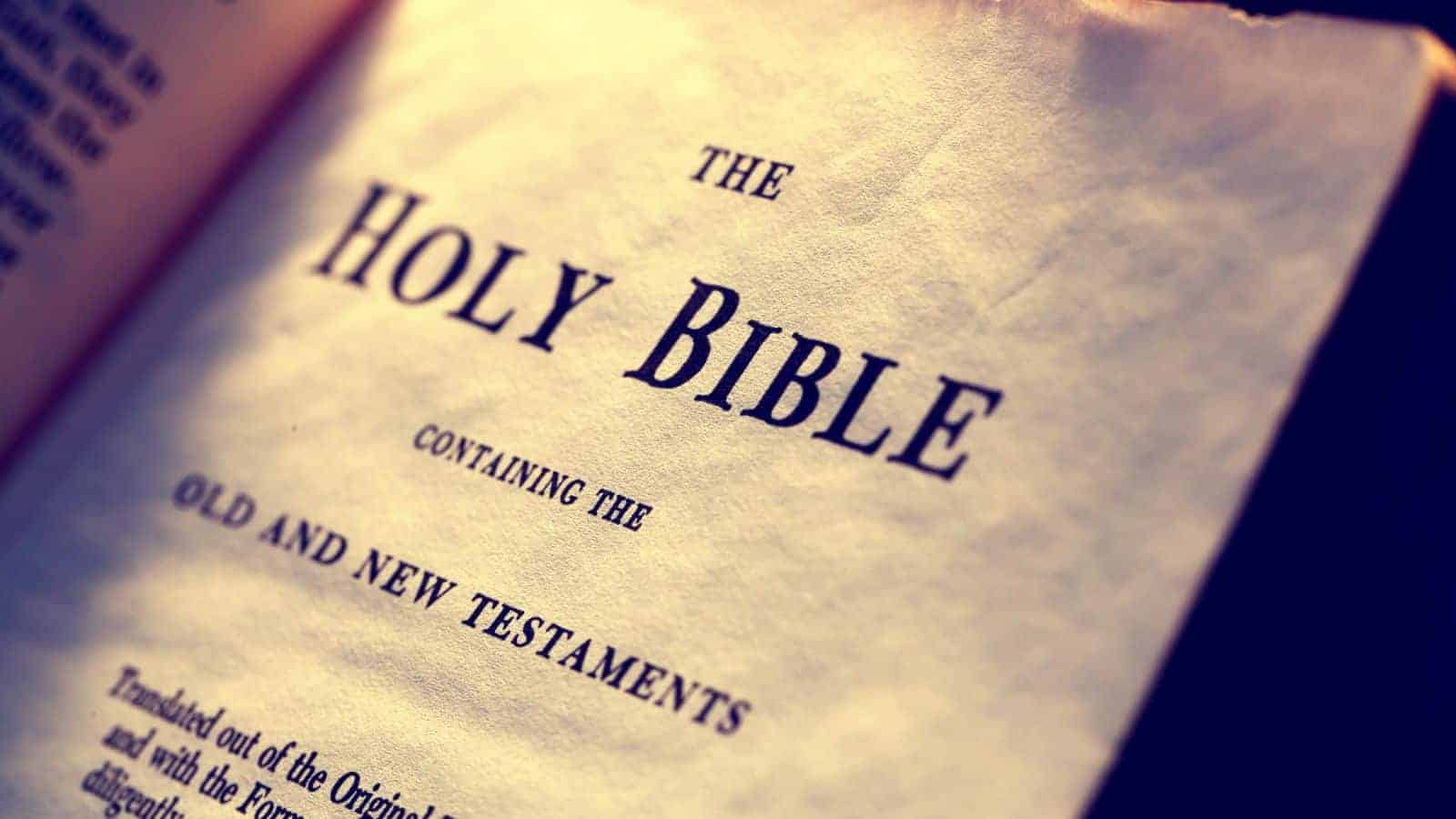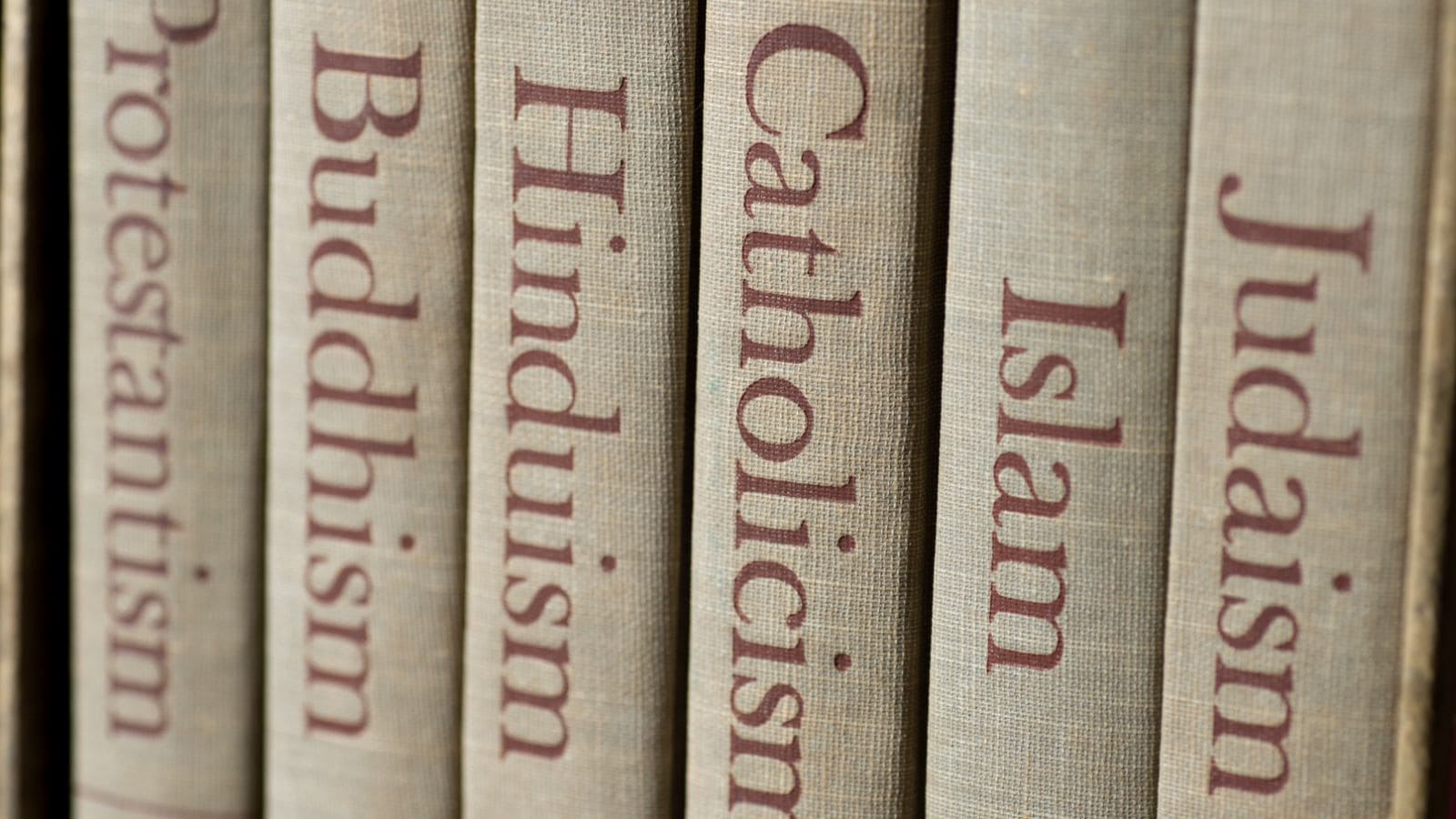The Bible is a fundamental religious text, forming the foundation of both Judaism and Christianity. Many Christians believe it is the “word of God” and are familiar with its teachings. But there are many lesser-known facts about this very old and influential book. Here are 20 ancient facts about the Bible, its teachings, and history that you probably didn’t know until now.
It’s Actually a Library

The Bible isn’t a single, unified book. Tyndale House states that the modern version is a library containing 66 distinct books, traditionally divided into two main sections. The Old Testament contains 39 separate books, and the New Testament consists of 27 books and focuses on the life and teachings of Jesus Christ, the arrival of the Holy Spirit, and the first church.
It Was Written by Various People

The 66 individual books making up the Bible have diverse origins—some were authored by prophets like Isaiah and Jeremiah, while others, like the Gospels, were eyewitness accounts of Jesus’s life. The books were written over a vast timeframe, with the earliest parts of the Old Testament dating to the 10th century BC and the New Testament texts being written in the 1st century CE.
It Originally Contained Many Languages

The Old Testament was originally written almost exclusively in Hebrew, the language used in the daily life and religious ceremonies of the Ancient Israelites. However, some sections (like parts of the book of Daniel) were initially in Aramaic, a closely related Semitic language. The New Testament was written entirely in Koine Greek, the common language of the Roman Empire.
It Was Born from Oral Stories

The stories and teachings of the Bible have an interesting backstory. Many originated as oral traditions, passed down from generation to generation by storytellers, singers, and prophets. These spoken tales were often so old that they served as a way to share history, religious beliefs, and moral lessons over many generations. Eventually, these stories and teachings were written down.
It’s a Compilation

The individual books of the modern Bible originated from various sources, including temples in ancient Israel that housed archives (records, legislation, and religious texts), royal courts (with scribes), and prophetic writings, which were critical to keeping social and political peace at the time. Such sources were compiled, edited, and arranged over time, eventually forming the Bible we know today.
It’s Been Translated A LOT

English Business claims the Bible holds the title of being the most translated book in all of human history, having been translated from its original Hebrew/Greek into thousands of world languages. Translation projects began in the early centuries of Christianity as missionaries sought to spread the message of Jesus to other countries and cultures.
Original Copies Weren’t All Papyrus

Papyrus is a paper-like material made from reeds that was invented and used in ancient Egypt. It was probably the material used to make many of the very first Bibles. However, it wasn’t the only material available, and parchment, a more durable writing surface made from treated animal skin, was also utilized. Parchment was smoother and lasted longer but was more expensive than papyrus.
Scribes Were Vital

Before the invention of the first printing press in 1440, biblical texts had to be painstakingly handwritten by scribes. These skilled individuals were typically monks trained in the art of calligraphy and fluent in both Hebrew and Greek. They dedicated vast portions of their lives to meticulously and accurately copying manuscripts, preserving the biblical text for future generations.
It Hasn’t Changed Much

In 1947, the Dead Sea Scrolls were discovered near the caves of Qumran—ancient biblical manuscripts dating back as far as the 2nd century BCE! As such, they are some of the oldest known copies of the original Hebrew text. The discovery provided Bible scholars with evidence that the modern Bible is impressively similar to ancient copies and has been very well preserved over time.
There Was Great Debate Surrounding its Birth

The specific books included in the Bible weren’t universally agreed upon when it was first being compiled. Catholic Answers writes, “There were books that some early churchmen did regard as Scripture, but that didn’t find a place in the canon.” Early Jewish and Christian communities had fierce debates over which texts were divinely inspired and should be considered sacred.
It’s Always Been Open to Interpretation

Since it was first written, both Jews and Christians (and denominations within these religions) have had different ideas about what the Bible means and how literal its teachings are. For example, Jewish scholars have focused on the historical and legal aspects of the text, while Christians have tended to emphasize the idea of salvation through faith in Jesus Christ.
It May Have Hidden Meanings

Some religious scholars believe the Bible contains hidden layers of meaning beyond the literal text. This approach is known as allegory and suggests that biblical stories and characters have symbolic significance. For example, some say the story of Adam and Eve seeks to teach us about human weakness and the consequences of disobedience, but it isn’t a literal account.
It Has Historical Significance

Even if you’re an atheist, the Bible is a fascinating historical text that provides unique insight into the social, political, and cultural lives of the ancient world, specifically in the Middle Eastern region. It reveals what daily life, customs, laws, and religious beliefs were like thousands of years ago and is invaluable to historians and anthropologists studying that time period.
It Was Originally a Puzzle

The first biblical manuscripts weren’t complete and faithful copies of original historical texts, mainly because many biblical books were made up of fragments or partial scrolls discovered at ancient sites. These puzzle pieces were painstakingly pieced together over many years, making the reconstruction of the best approximation of the original text a long and laborious process.
The Books Weren’t Books

The earliest biblical texts weren’t bound books like the ones we’re familiar with today; they were scrolls made from papyrus or parchment, with the text written in columns. Readers would unroll the scroll to access different sections. Scroll size and quality would’ve varied depending on the owner and their use, with temples having grander examples compared to more modest, portable scrolls for personal use.
It Contains Ancient Cultural References

The languages of the ancient Near East, where the Bible originated, were predominantly Hebrew and Aramaic, but Scholarly Wanderlust says other languages like Akkadian and Egyptian were also spoken and written there. Bible scholars study these languages, allowing them to identify and interpret specific literary devices, loanwords, cultural references, and ancient metaphors.
It Was Sometimes Restricted

The Bible is now a widely circulated text, but there have been periods in history when access was restricted. In ancient Judaism, for example, the public reading and interpretation of scripture was only permitted if overseen by trained religious leaders. Similarly, early Christian communities sometimes limited access to specific New Testament writings to avoid misinterpretations.
It Was Performed Live

In ancient Israelite culture, stories and teachings from scripture were often chanted, recited, or sung aloud in public settings, aiming to entertain and educate people at the same time. These performances probably used storytelling techniques, musical accompaniment, and even acting to bring biblical narratives to life and make the text more accessible to ordinary people.
There Were Other Versions

The Hebrew Bible (the Tanakh) is the foundational text for both Judaism and Christianity, but there is another ancient version called the Septuagint, which was thought to have been translated into Greek around the 3rd century BCE. The Septuagint has extra texts not found in the Hebrew Bible and arranges the books and teachings slightly differently.
There Might be Accidental Errors

Scribes were crucial for preserving the biblical text, but even the most meticulous copywriter faced challenges and occasionally made errors. Scribes could have added or omitted words, mistaken similar letters, or misinterpreted punctuation, potentially changing the meaning of certain passages forever and necessitating the comparison of different sources.
Up Next: 18 Worrying Facts About Life in Medieval Times

The Middle Ages, also known as the medieval period, lasted from 500 AD to 1500 AD and is usually subdivided into the Early, High, and Late Middle Ages. Life in the medieval period was often brutal, with gruesome punishments, wars, and plagues. Here are 18 terrifying facts about life in the medieval period.
18 Worrying Facts About Life in Medieval Times
19 Easy Ways to Fall Back Asleep After Waking Up in the Middle of the Night

We’ve all been there—it’s dark, quiet, and you’re tired, but you’re still constantly tossing and turning, only to finally fall asleep minutes before the alarm goes off! Waking up throughout the night isn’t just frustrating; it also seriously impacts your energy levels. This article focuses on 19 scientifically proven methods that may help you drift back off more easily.
19 Easy Ways to Fall Back Asleep After Waking Up in the Middle of the Night
17 Things That Are Too Woke For Boomers

Our society is so different from what it was decades ago, and boomers don’t like much of what everyone considers normal in today’s society. In this light, here are 17 things about ‘woke culture’ that particularly make boomers uncomfortable.
